Summary: Agility is a crucial component when it comes to dribbling. You won’t be able to get past a defender if you aren’t comfortable with the feel of the ball.
 Skillful dribbling is a dangerous weapon to have in your arsenal. In order to maintain the advantage over your opponent, you’ll need to use both wit and guise to bypass the toughest defense so you can either set up your teammate for the shot or go all in and nail the game winner.
Skillful dribbling is a dangerous weapon to have in your arsenal. In order to maintain the advantage over your opponent, you’ll need to use both wit and guise to bypass the toughest defense so you can either set up your teammate for the shot or go all in and nail the game winner.
There are numerous aspects of dribbling to work on like handling a ball in tight space, moving with the ball at a high speed, and outmaneuvering a defender. All of these play a significant role in your overall dribbling skill.
Here are some drills that you can use to take your dribbling to the next level.
Dance With the Ball
The better you are at using every part of the foot to dribble the ball, the more control you’ll have come game time. “Dancing” with the ball consists of touching the top of the ball with the bottom of your feet while alternating from left to right. Try and develop a rhythm as you go along. While you might start off slow and a bit clunky, over time you’ll start getting a natural feel for it and your muscle memory will kick in. This drill helps players maneuver the ball wherever they like and set themselves up for an accurate pass or shot. Additionally, the better feel you have for the ball, the more control you get in the process.
“20”
Nimble dribbling can confuse and break down defenders trying to steal the ball away from you. Pair up with another partner and dribble between six to eight cones spread about two feet apart from each other. After zigzagging your way between each cone, swiftly pass the ball to your partner and have him or her perform the same feat. Start slow and work on the basic mechanics of maneuvering around each cone cleanly. After a while, you’ll start to develop a more agile cut and it’ll almost become second nature to you. During game time, you’ll need supreme agility to bring the ball up and around each defender. Additionally, you’ll be able to compliment your passing skills with this drill as well. You can also take this drill to next level by adding a point system. For even cone that’s knocked down, you subtract a point from an overall score. Score one point for each successful run until you reach a total of 20. It might seem frustrating at first, but it’ll undoubtedly take your game to the next level.
One-on-One
One of the most difficult things to do in the game is to hold on to the ball while a defender aggressively tries to steal it from you. If you’re struggling to keep possession of the ball, take a partner and set up a small game of keep-away. Create a 20-yard grid and have your partner tightly defend you as you try to bypass him or her. If your partner manages to steal the ball away from you, switch roles and become the defender. If you can, have a third person call out any illegal moves that may result in a penalty. After all, this isn’t a free-for-all. In a real game, you’re likely to get whistled if you carelessly tackle.
Blog submitted by Soccer Garage: For premium womens soccer gear and equipment, visit the folks at Soccer Garage. With hundreds of your favorite brands, you’ll find exactly what you’re looking for to bring your game to the next level.
 When Brazilian striker Neymar made his shock transfer to Paris St Germaine from Barcelona for the record transfer fee of 222 million euros, fans of the French club cheered. The boost to the club, both in performance and standing would be immense. As it turns out, the tax windfall for the state will be significant.
When Brazilian striker Neymar made his shock transfer to Paris St Germaine from Barcelona for the record transfer fee of 222 million euros, fans of the French club cheered. The boost to the club, both in performance and standing would be immense. As it turns out, the tax windfall for the state will be significant.
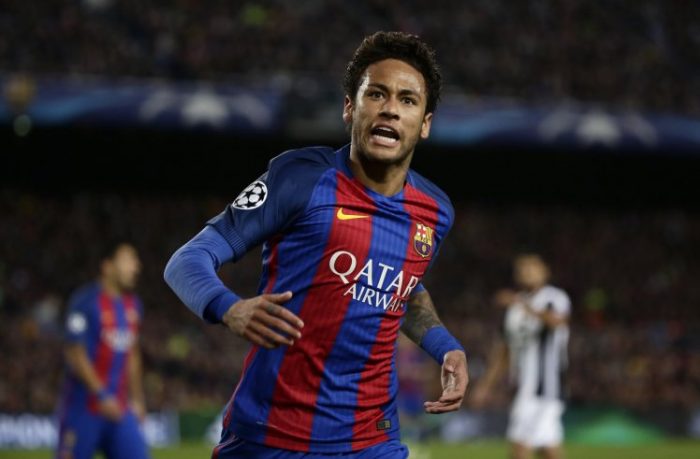
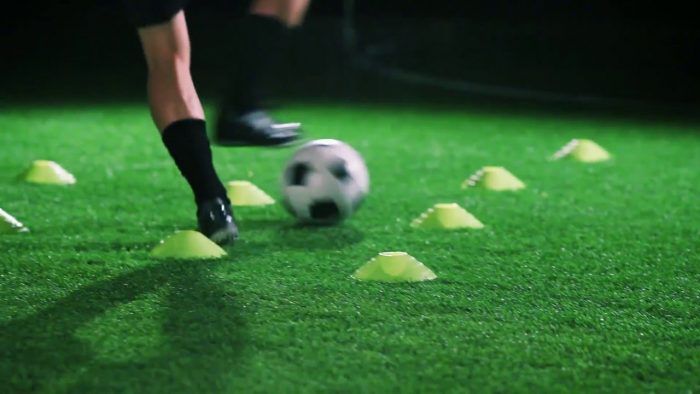
 Skillful dribbling is a dangerous weapon to have in your arsenal. In order to maintain the advantage over your opponent, you’ll need to use both wit and guise to bypass the toughest defense so you can either set up your teammate for the shot or go all in and nail the game winner.
Skillful dribbling is a dangerous weapon to have in your arsenal. In order to maintain the advantage over your opponent, you’ll need to use both wit and guise to bypass the toughest defense so you can either set up your teammate for the shot or go all in and nail the game winner.
 Paris Saint-Germain won 3-0 away at Guingamp on Sunday, as Neymar scored once and set up another for Edinson Cavani. The third goal was an own goal by Jordan Ikoko.
Paris Saint-Germain won 3-0 away at Guingamp on Sunday, as Neymar scored once and set up another for Edinson Cavani. The third goal was an own goal by Jordan Ikoko.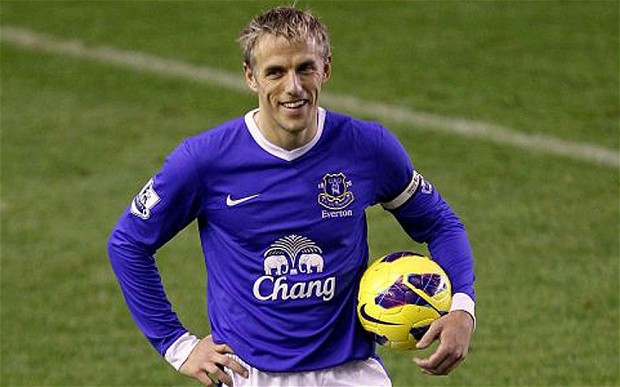

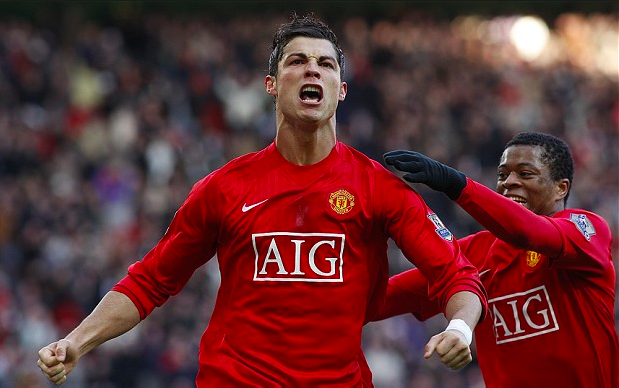
 According to a report by KPMG, the combined enterprise value of the most popular soccer clubs in Europe exceeds $33 billion. The report “Football Clubs’ Valuation: The European Elite 2017” states that the 32 clubs on the list grew by more than 14% in the last year.
According to a report by KPMG, the combined enterprise value of the most popular soccer clubs in Europe exceeds $33 billion. The report “Football Clubs’ Valuation: The European Elite 2017” states that the 32 clubs on the list grew by more than 14% in the last year.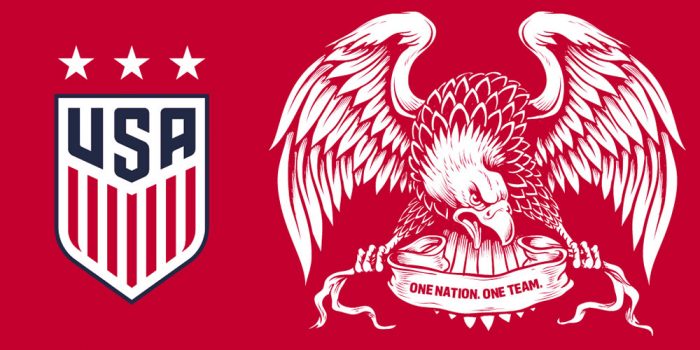
 Just after the last FIFA scandal, Traffic Sports and its partners lost the marketing rights to Copa America (The America’s Cup). The rights went up for auction, and the winning bid was from Soccer United Marketing. SUM is the marketing arm of Major League Soccer (MLS) and a partner of U.S. Soccer.
Just after the last FIFA scandal, Traffic Sports and its partners lost the marketing rights to Copa America (The America’s Cup). The rights went up for auction, and the winning bid was from Soccer United Marketing. SUM is the marketing arm of Major League Soccer (MLS) and a partner of U.S. Soccer.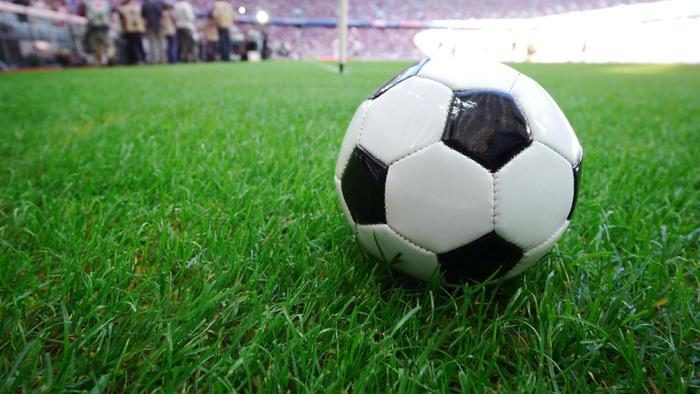
 Warming up is extremely important. Doing so reduces the chance of injury and allows a player to perform at his/her peak faster and for longer. Here is an example of a soccer warm up routine:
Warming up is extremely important. Doing so reduces the chance of injury and allows a player to perform at his/her peak faster and for longer. Here is an example of a soccer warm up routine: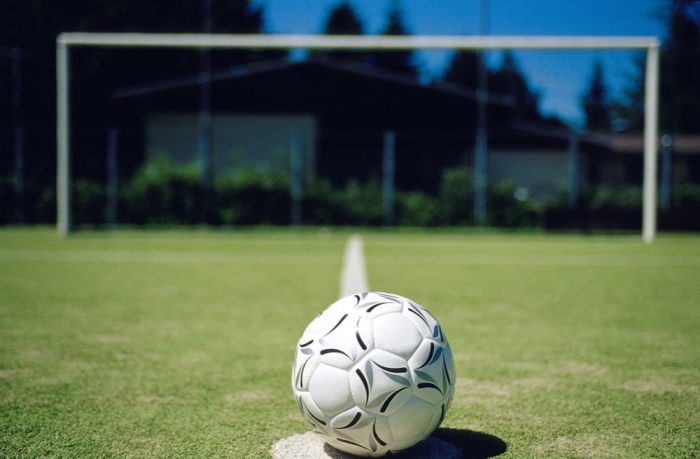


 In the same way that strength training for soccer involves more than just lifting weights, improving endurance is more than just building an aerobic base. The typical soccer player has very specific endurance needs. According to soccer apparel vendor Umbro, soccer players spend on average 30% of a game walking, 30-40% jogging and at least 25% of the time running. These require very different modes of training to optimize each. Here are the primary principles of endurance training for soccer:
In the same way that strength training for soccer involves more than just lifting weights, improving endurance is more than just building an aerobic base. The typical soccer player has very specific endurance needs. According to soccer apparel vendor Umbro, soccer players spend on average 30% of a game walking, 30-40% jogging and at least 25% of the time running. These require very different modes of training to optimize each. Here are the primary principles of endurance training for soccer: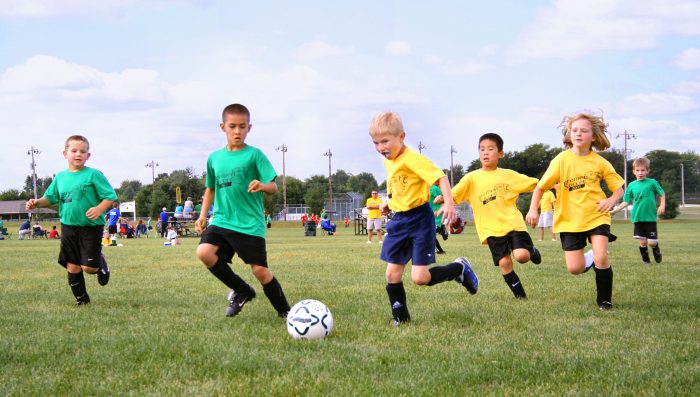
 Soccer is the most popular sport in the world. The main reason for this popularity, other than the sport itself, is the relatively little equipment that is required to play. At its most basic level, all you need is a ball. However, the skill level required to play can be quite high. Here are the most basic soccer skills a child will need to practice in order to become better at the game:
Soccer is the most popular sport in the world. The main reason for this popularity, other than the sport itself, is the relatively little equipment that is required to play. At its most basic level, all you need is a ball. However, the skill level required to play can be quite high. Here are the most basic soccer skills a child will need to practice in order to become better at the game: